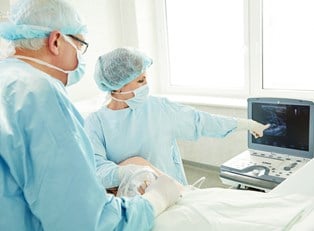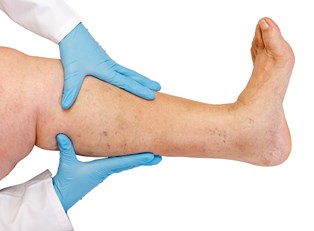Varicose veins are a health problem affecting more than 40 million people in the United States alone. While most cases of varicose veins only pose cosmetic concerns, some people face higher risks for ulcers, blood clots, and pain because of varicose veins. Many people are familiar with varicose veins as an issue faced by elderly people, but age is only one of several reasons why they may begin to develop.
How do varicose veins form?
The mechanism by which varicose veins form is the same in all cases. Weak valves within healthy veins allow blood to travel backwards through them, which then accumulates and causes swelling. This normally occurs in the lower torso, since the circulatory system must work against the force of gravity to push blood back up to the heart.
Why do people develop varicose veins?
- Age
People older than 50 are at an increased risk because vein valves naturally weaken with age. Almost half of all people within this age group will develop varicose veins at some point, and they also make up a majority of the varicose vein community.
- Obesity
Excess fat, especially around the legs, puts extra strain on the circulatory system, which can lead to weakened valves before old age.
- Pregnancy
As a fetus begins to grow in the womb, it puts pressure on the large vein running down the right side of a woman’s body. This extra pressure can cause varicose veins to develop; however, these typically improve after giving birth.
- Immobility
Sitting or standing for long periods of time puts extra stress on the veins in the legs, which can lead to varicose veins. This is especially a risk for people who cross their legs while sitting.
- Heredity
Family history plays an important role in the predicting the development of varicose veins. The risk for a patient whose parents both have the condition is around 90%. If varicose veins are present in only one parent, the risk drops to 60% for women and 25% for men.




